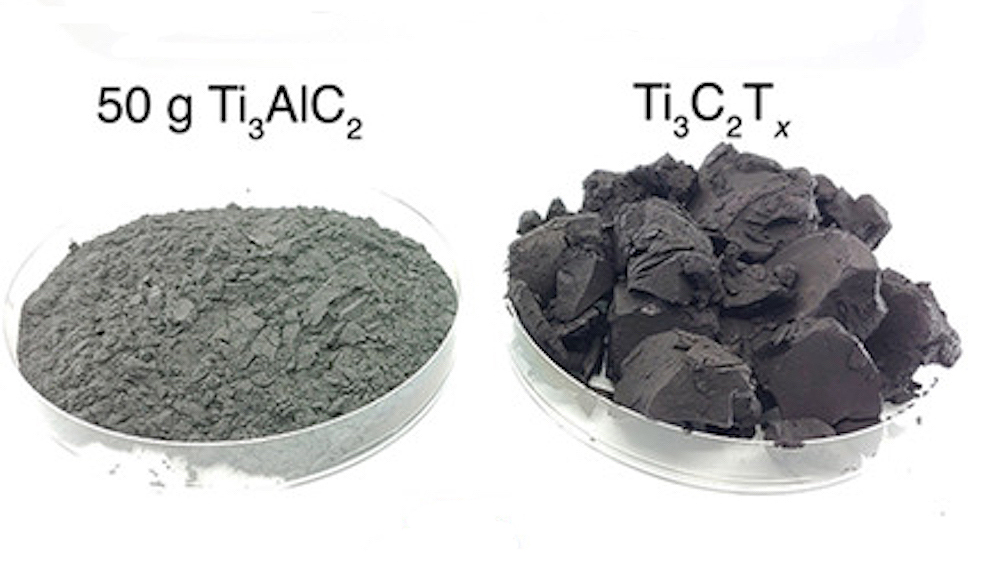A team of researchers found adding a small amount of graphene can improve the structural alignment of spun carbon fibers, reinforcing their strength—and providing the potential to produce much more inexpensive carbon fiber materials.
Read MoreUnderstanding how nanotubes move in solution is useful for both processing the material and for application in fluid environments, such as the body. Researchers at Rice University investigated how boron nitride nanotubes move in solution and found they behave like rigid rods, just like carbon nanotubes.
Read MoreDefects in a material’s structure offer scientists a way to alter certain material properties. In a new study, three researchers in Russia investigate how different defects in graphene alter the material’s electron transfer kinetics.
Read MoreCeramic nanocontainers, known for their potential as drug carriers in medical applications, are being investigated in a variety of other fields as well. In two recent JACerS articles, George Kordas investigates the potential of ceramic nanocontainers in energy and anticorrosion applications.
Read MoreSince 2000, infrared photodetector technology has experienced rapid development—particularly quantum-based detectors. Now, researchers in Russia, Japan, and the United States developed a model for a detector that could operate in the far-infrared and even terahertz spectral ranges.
Read MoreIn a recent review article, nanoengineers at the University of California, San Diego outline a research roadmap detailing four remaining challenges to address before all-solid-state batteries can reach their commercial potential.
Read MoreFood waste is a major problem in the United States. To combat this problem, researchers at the Massachusetts Institute of Technology developed a sensor that monitors the plant hormone ethylene, which could reveal when fruits and vegetables are about to spoil.
Read MoreFerroelectric field-effect transistors are nonvolatile memory devices that nondestructively read stored data. However, data retention times in these devices are short. Purdue University researchers suggest a modification to conventional Fe-FET structure could overcome this obstacle.
Read More








